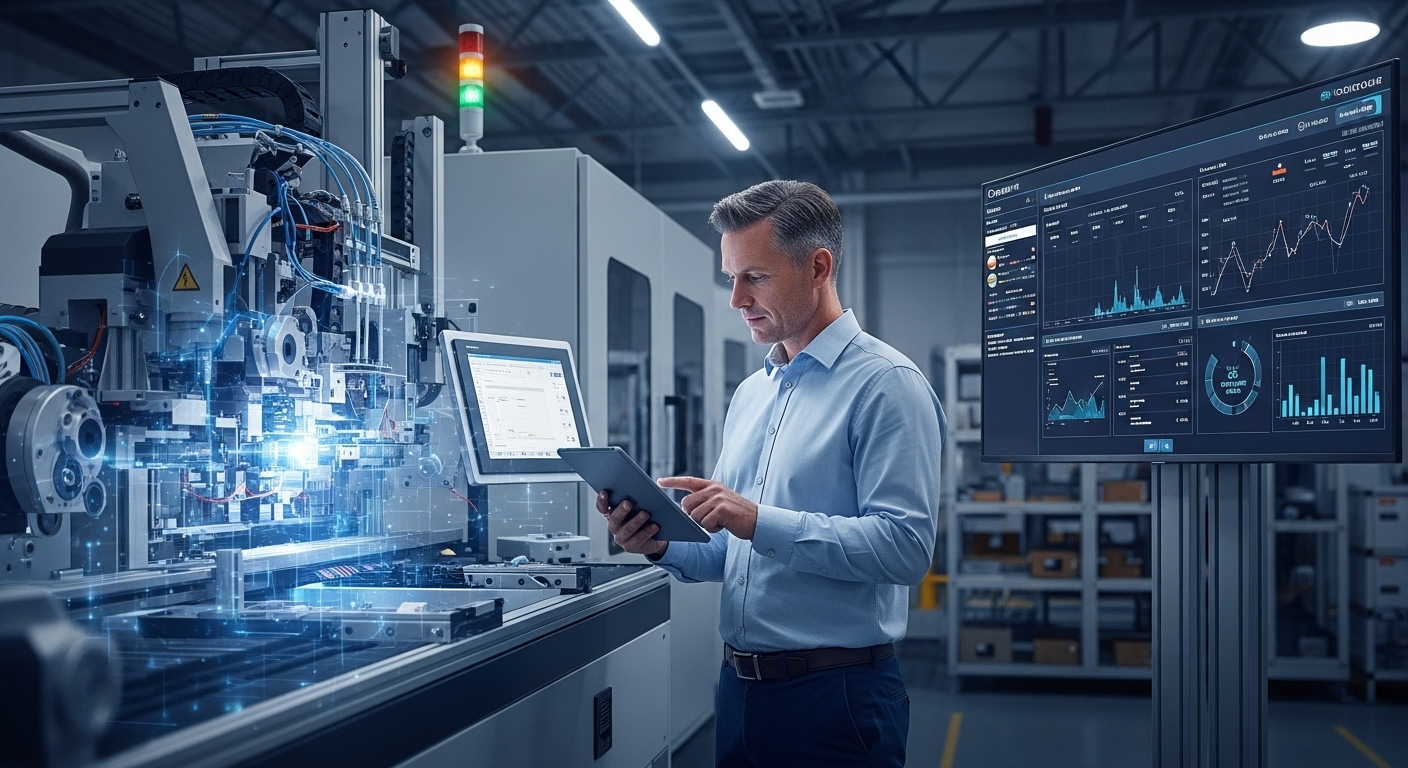Driving Growth with Industrial Internet of Things (IIoT) Integration
The integration of Industrial Internet of Things (IIoT) is transforming the business landscape, creating a paradigm shift in operational practices. This article delves into the evolution of IIoT, its current trends, and the impact it has on businesses and industries today.

The Emergence of IIoT
The concept of the Internet of Things, connecting everyday objects to the internet, has been gaining momentum since the early 2000s. However, its application in the industrial sector, known as IIoT, started taking shape only in the last decade. IIoT combines machine-to-machine communication, industrial Big Data analytics, and cyber-physical system which has revolutionized manufacturing, energy management, and many other sectors.
Current Trends in IIoT
As IIoT continues to evolve, several trends are surfacing. Predictive maintenance, enabled by machine learning algorithms, is becoming commonplace. Asset tracking and management have also improved significantly, resulting in optimized utilization of resources. Moreover, edge computing is enabling real-time data processing, reducing latency, and improving the efficiency of industrial operations.
The Impact of IIoT Integration
The integration of IIoT in business operations has seen a surge in productivity and efficiency. Predictive maintenance can prevent costly equipment failures, while real-time data analysis can aid in decision making, minimizing operational costs. However, the transition to IIoT is not without challenges. Security breaches, data privacy issues, and the need for skilled personnel are some of the hurdles that businesses must overcome.
Practical Insights
- To reap the benefits of IIoT, businesses must invest in employee training and development. The workforce must be equipped with the necessary skills to manage and operate IIoT systems.
- Prioritizing cybersecurity is crucial. With the rising number of cyber threats, businesses must take necessary measures to protect their data and systems.
- Businesses should focus on developing a solid IIoT strategy, which aligns with their overall business goals. This will ensure that all efforts and investments yield maximum ROI.
Conclusion
The adoption of IIoT is heralding a new era of industrial operations, characterized by increased efficiency, productivity, and cost savings. Despite the challenges that come with its integration, the benefits outweigh the drawbacks. By investing in employee training, prioritizing cybersecurity, and aligning IIoT efforts with business goals, businesses can successfully navigate the IIoT wave and stay ahead in the competitive market.




